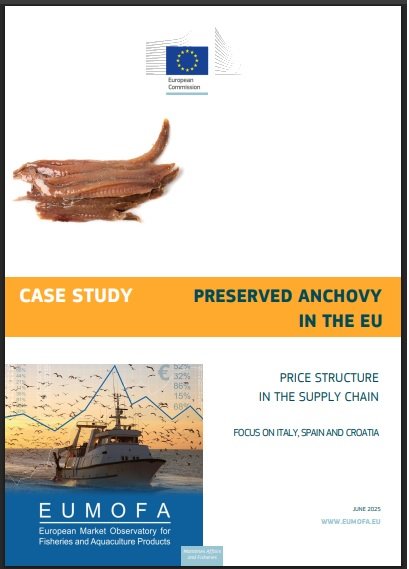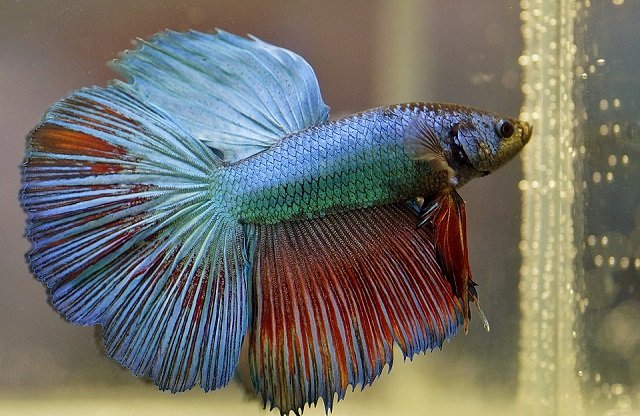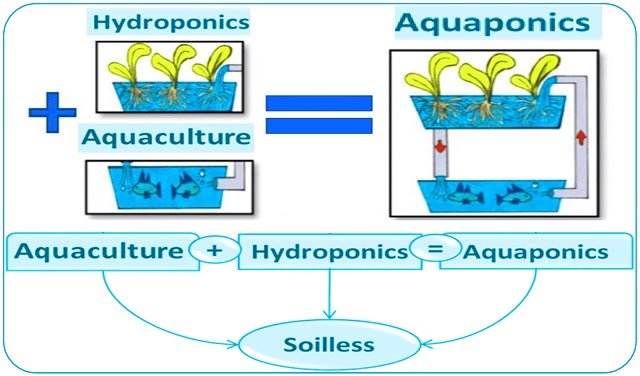EUMOFA (European market observatory for fisheries and aquaculture products) has recently published the Price Transmission Case Study on processed anchovy in Italy. The analysis focuses on the price structure of processed anchovy in Italy. It covers salted anchovy and preserved anchovy in oil, produced both industrially and at the small scale.
Italy is an important Member State for anchovy fishing (37.511 tonnes in 2015) and consumption (43.830 tonnes). Anchovy is consumed fresh or processed with most of the latter supplied through imports. Consumption of preserved anchovy represents almost 40% of the total. Anchovy is processed artisanally and marketed regionally, or produced industrially. Non-EU countries such as Albania, Morocco and Tunisia, provide most of the raw material for the industrial production.
The study covers the species fished in the European and Mediterranean areas (European anchovy, Engraulis encrasicolus), as well as species which are imported from other areas.
The final consumer price of the products covered by the analysis ranges between 27,60 EUR/kg and 52,50 EUR/kg. Fish accounts for 9% to 20% of the final consumer price. Raw material costs (including transport) are much higher for small-scale production compared to industrial production. Yields from production range between 25% and 40%.
Read this and more in the latest EUMOFA case study at: http://www.eumofa.eu/price-structure
Editor at the digital magazine AquaHoy. He holds a degree in Aquaculture Biology from the National University of Santa (UNS) and a Master’s degree in Science and Innovation Management from the Polytechnic University of Valencia, with postgraduate diplomas in Business Innovation and Innovation Management. He possesses extensive experience in the aquaculture and fisheries sector, having led the Fisheries Innovation Unit of the National Program for Innovation in Fisheries and Aquaculture (PNIPA). He has served as a senior consultant in technology watch, an innovation project formulator and advisor, and a lecturer at UNS. He is a member of the Peruvian College of Biologists and was recognized by the World Aquaculture Society (WAS) in 2016 for his contribution to aquaculture.




